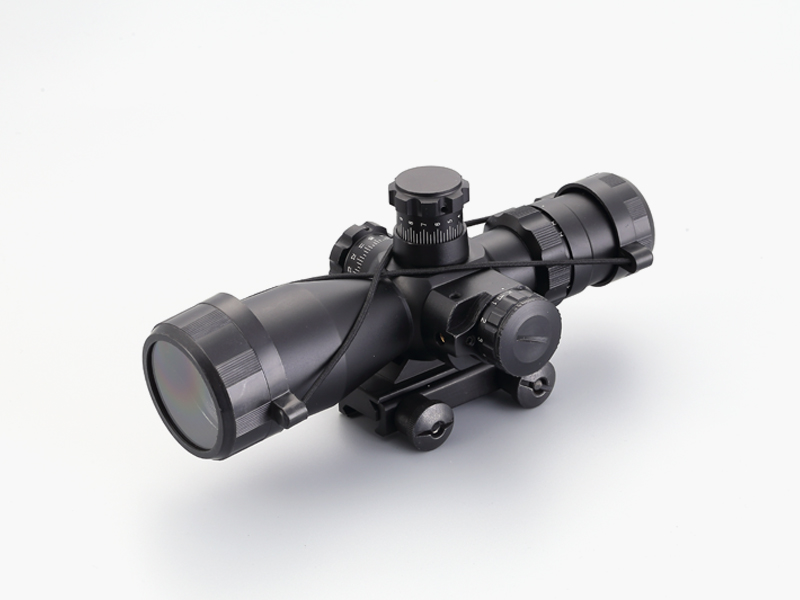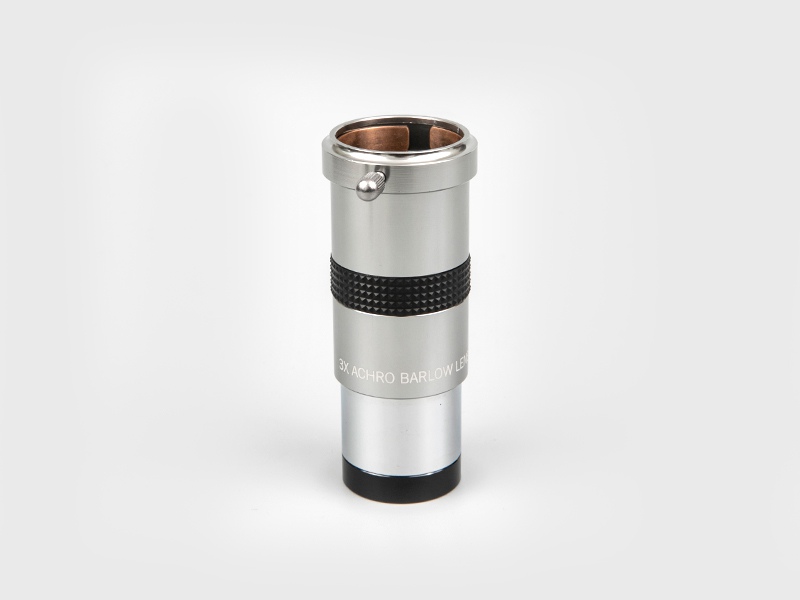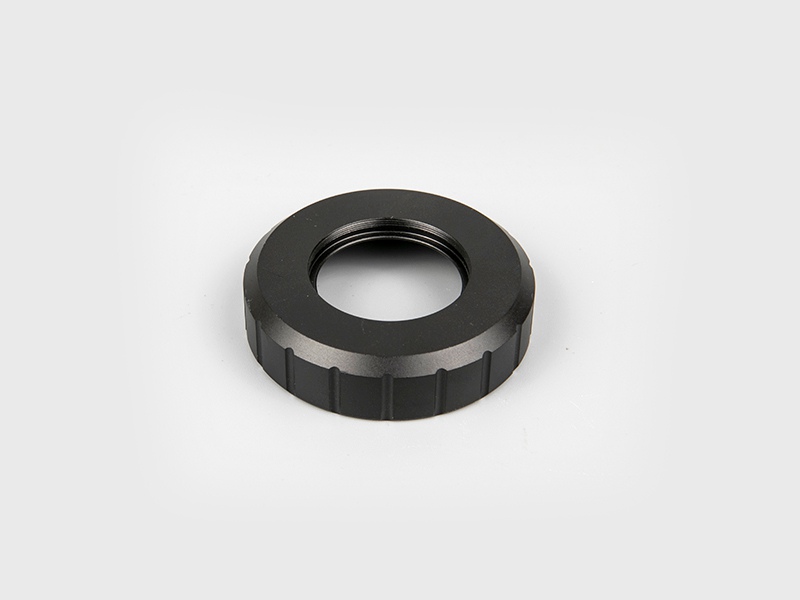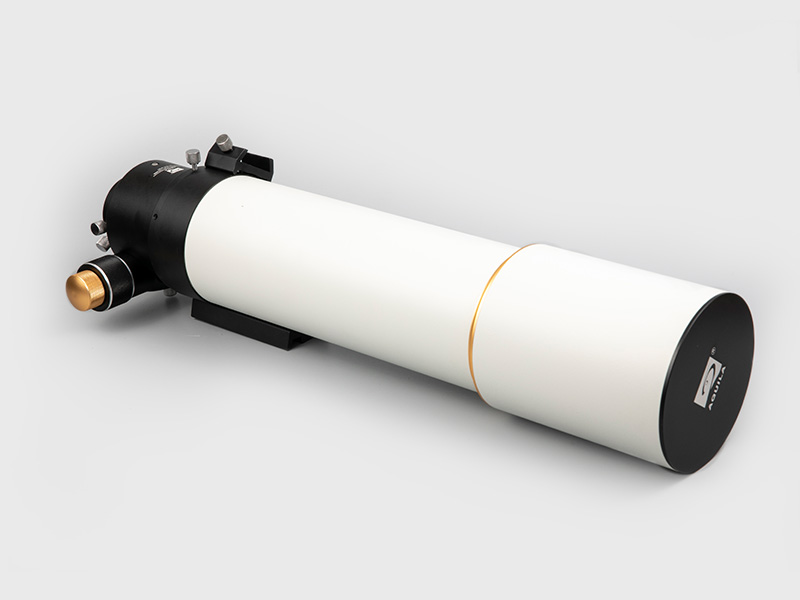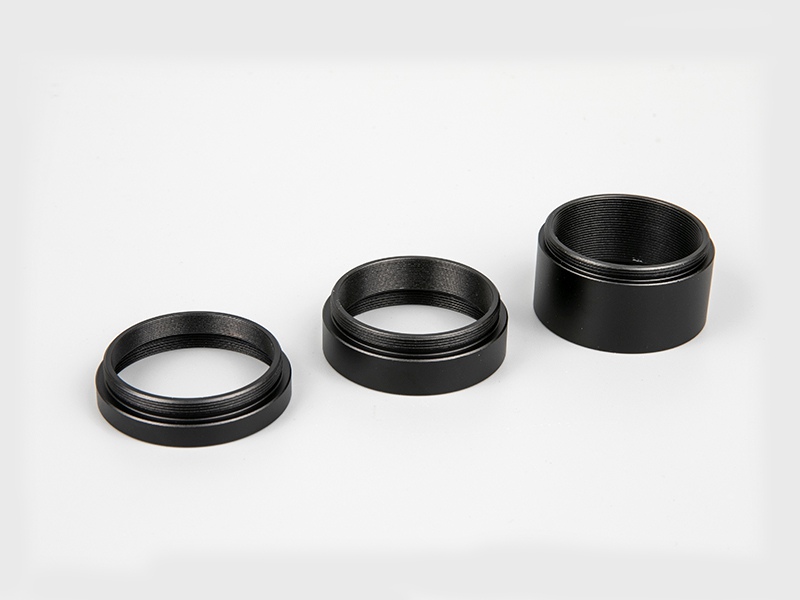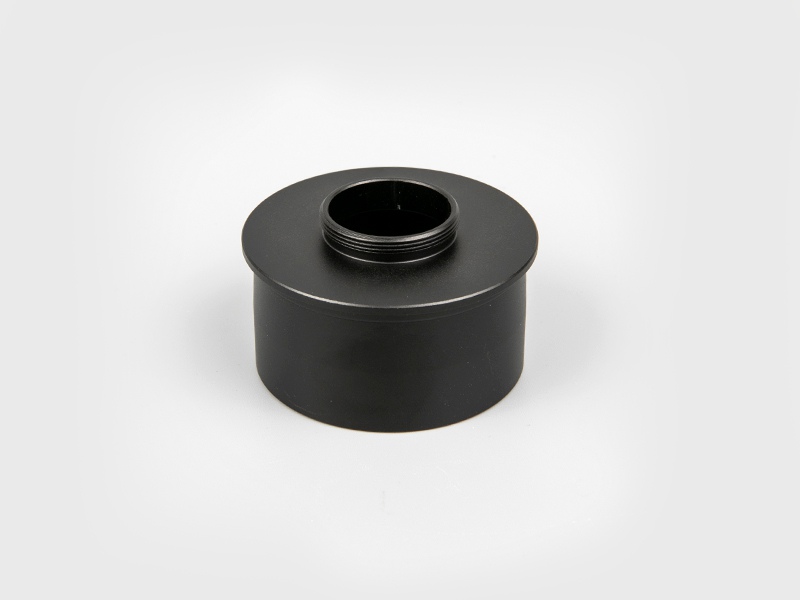Kepler binoculars generally rely on a rotating prism to obtain a positive image, and the two commonly used are as follows:
PorroPrism is the most commonly used prism. The binocular lens using the pro prism is wider, and the distance between the two objective lenses is greater than the distance between the eyepieces, so that the three-dimensional effect is strong when observing close objects. Some compact binoculars use inverted Pro prisms, the distance between the objective lens is smaller than the distance between the eyepieces, and the three-dimensional effect is weakened. Pro prisms are easy to manufacture and cheaper than roof prisms of the same optical quality.
The roof prism (RoofPrism) is small and can make the objective lens and the eyepiece in a straight line, so it is often used in extremely compact binoculars. Compared with general prisms, roof prisms have two main shortcomings. One is the loss of light and the image is darker; the other is that it requires high assembly accuracy, is difficult to manufacture, and the price is more expensive. The performance of well-made roof prisms Can catch up but not exceed Pro Prism.
There are many types of optical glass that can be used to make prisms. BK-7 glass is commonly used for cheap binoculars. For the higher grade, Bak-4 glass is used. Observe the exit pupil of the binocular lens against a bright background (such as the sky). If the periphery of the image is "cut off", it uses BK-7 glass; the Bak-4 prism can see a clear and bright circle at the edge shape.
The commonly used focusing methods of refracting telescopes include external focusing and internal focusing. The eyepiece moves relative to the objective lens along the optical axis, which is called external focusing. The advantages of external focusing are simple and good image quality; but the instrument The external size of the telescope is large and the sealing is poor. The external focusing is often used in refracting astronomy telescopes. Internal focusing is to obtain a clear object image by moving one or a group of lenses in the objective lens group. It has the advantages of small structure size, easy to carry, and the focal plane of the objective lens is constant for the scene at any distance. This is very convenient for installing the reticle, so the geodetic instrument generally adopts internal focusing. Another advantage of it is that the instrument has a better seal, which helps keep the inside of the instrument clean. At present, most binoculars use external focusing, and a few high-end products use internal focusing.
Many binoculars (marked CF) use a central focus knob to adjust the focal length of both lens barrels at the same time. Other double lenses (marked with IF) are mostly waterproof binoculars. Each lens is equipped with a separate focusing device. The CF binoculars are easy to use. The mechanical structure of IF binoculars is simple.
Many manufacturers now produce a type of binoculars without focusing devices, and some names sound to make you believe that it is automatic focusing. In fact, they cannot adjust the focus at all. Unless you have excellent eyesight and do not intend to observe objects very close. Otherwise, don't buy this kind of binoculars.
Reticles (crosshairs) are installed in the binoculars for survey and distance measurement. In astronomical observations, apart from observing the moon, because the background is too dark to see the crosshairs, the reticle is not very useful for general astronomical observations. Its reflection and absorption of light will make the brightness of the binoculars imaged. Lowering will also increase the cost, so astronomers choose binoculars without reticle.
Finally, talk about two commonly used accessories for binoculars-brackets and filters. In the daytime, we can hold the binoculars to enjoy the scenery, but it is not appropriate to hold the binoculars for astronomical observations, even if the elbows are supported. The binoculars used for astronomical observation should have a stable support, usually made into a flat type. Small binoculars with a diameter of less than 6 cm are lighter, and the general camera tripod can fully support it. Need to use your brain. Bai has just made a connecting device between binoculars and tripod. Whether you are watching the scenery under strong sunlight during the day or enjoying the beauty of the night sky at night, the filter is a very useful accessory. If you buy your binoculars without a filter, you can use it with the filter Contact the manufacturer. I would also like to remind you that if you can’t get a filter that can be added in front of the objective lens and the light transmission is small enough, do not use binoculars to look at the sun directly, because the temperature behind the eyepiece is often high enough to filter the light. The extent of the chip burst.
The Max Planck Institute issued a press release stating that the large binoculars (LBT) installed on Graham Mountain, 3190 meters above sea level in Arizona, USA, were officially completed on October 16, 2004 after eight years of planning and construction. This astronomical telescope will become the largest single astronomical telescope in the world after its completion. The entire project will cost 120 million US dollars. Mount Graham is far away from the lights of big cities and has very little water vapor or dust, making it an ideal observation site in the eyes of astronomers.
The size of the mirror used by the optical telescope for condensing light is very important. The larger the mirror area, the stronger the ability to observe weak objects. The two concave mirrors of LBT are 8.4 meters in diameter, and the total area can reach 110 square meters. The surface processing accuracy of the two-sided concave lens is very high. They are installed on a whole and can be aimed at the target celestial body to be observed at the same time. With the principle of light interference, the resolution of the obtained image can be equivalent to that of a 23-meter-diameter lens. It is a single whole, so it is called the largest single telescope in the world. Some huge radio telescopes are arrays of many small telescopes, not a single telescope.
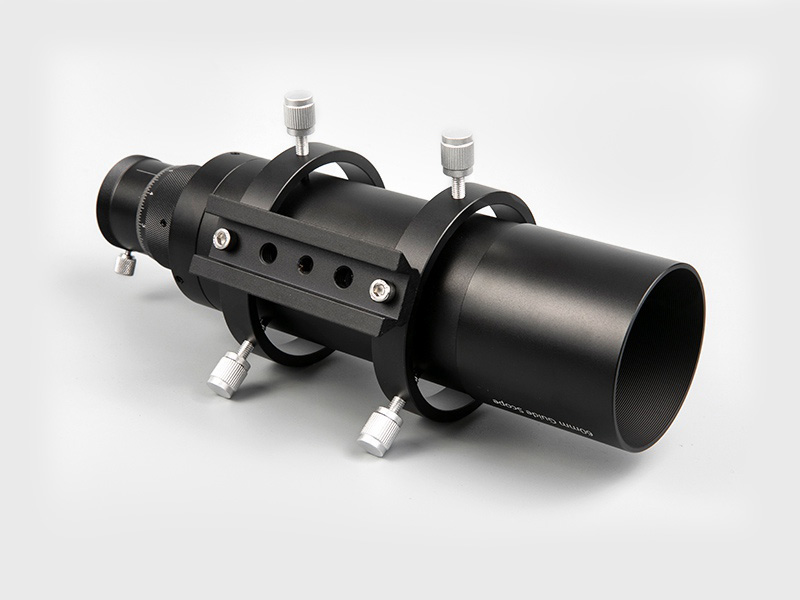

 English
English 日本語
日本語 Deutsche
Deutsche España
España
